
AeroGenie — あなたのインテリジェントな副操縦士。
現在のトレンド
Categories
Asia-Pacific Low-Cost Carriers Strengthen Market Position

Asia-Pacific Low-Cost Carriers Strengthen Market Position
Post-Pandemic Growth and Market Dynamics
The post-pandemic recovery has significantly accelerated the growth of low-cost carriers (LCCs) across the Asia-Pacific region, with these airlines outpacing traditional full-service competitors. The LCC business model aligns well with the region’s expanding middle class, which is driving increased demand for affordable air travel. This positive outlook is underscored by substantial aircraft orders placed by regional LCCs, reflecting strong confidence in sustained expansion.
In recent years, Asia-Pacific LCCs have moved beyond the conventional no-frills approach. Many now offer bundled fares, premium seating options, and operate widebody aircraft to serve longer-haul routes and connecting traffic. This strategic evolution is narrowing the gap between LCCs and full-service carriers, allowing low-cost airlines to access new market segments and broaden their customer base.
Regional Variations and Operational Challenges
Despite these advances, LCC penetration varies considerably across the Asia-Pacific region. Southeast Asia and the Indian subcontinent remain the most robust markets for low-cost carriers, while North Asia continues to lag, indicating significant potential for further growth. The expansion of widebody operations by Asia-Pacific LCCs is particularly noteworthy, positioning the region as a global leader in this segment.
However, the sector faces mounting challenges as it matures. Maintaining competitive pricing amid rising operational costs—including fuel, labor, and airport fees—remains a critical concern. Additionally, regulatory changes and heightened scrutiny over aviation emissions are compelling carriers to adapt, as environmental sustainability becomes an increasing priority for governments and consumers alike. Shifts in traveler preferences toward greener options are likely to influence airline strategies, encouraging LCCs to invest in more fuel-efficient aircraft and sustainable operational practices.
Industry Outlook and Strategic Responses
Competitive pressures within the sector are expected to intensify, with the possibility of further consolidation as larger carriers seek to acquire smaller rivals to strengthen their market positions. To remain competitive, LCCs are investing in technology and innovation aimed at enhancing operational efficiency and improving the customer experience.
These trends and challenges were central topics at the recent CAPA Airline Leader Summit – Asia, held in Singapore on 30 October 2025. Industry leaders convened to discuss the evolving dynamics of the Asia-Pacific aviation market. As low-cost carriers continue to adapt and expand, their ability to navigate operational, regulatory, and environmental hurdles will be pivotal in shaping the future of air travel in the region.

Emirates and Japan Airlines Introduce AI-Driven Safety Systems Amid Aviation’s Digital Shift
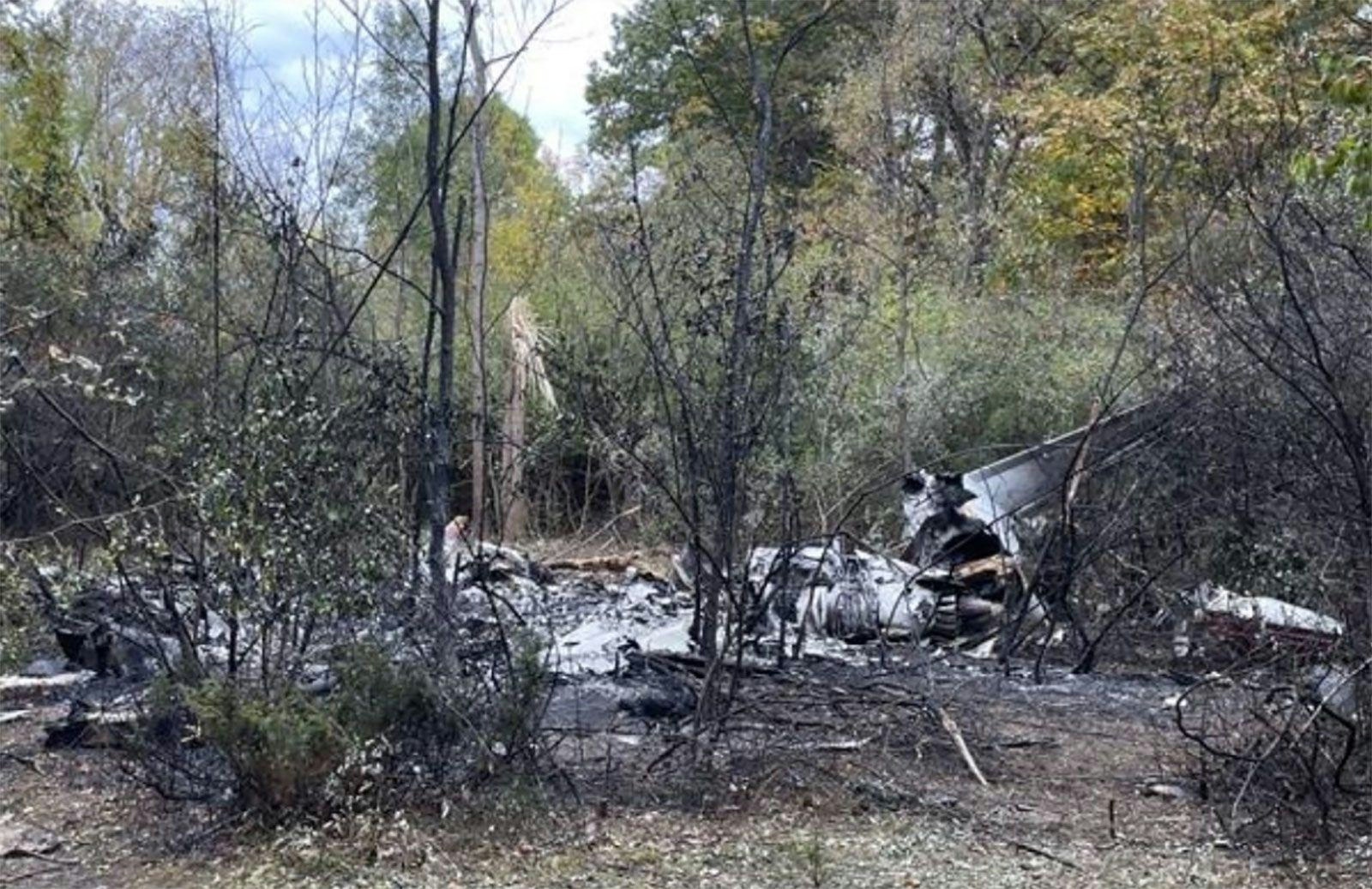
Hawker 800XP Crashes During Post-Maintenance Stall Test in Michigan
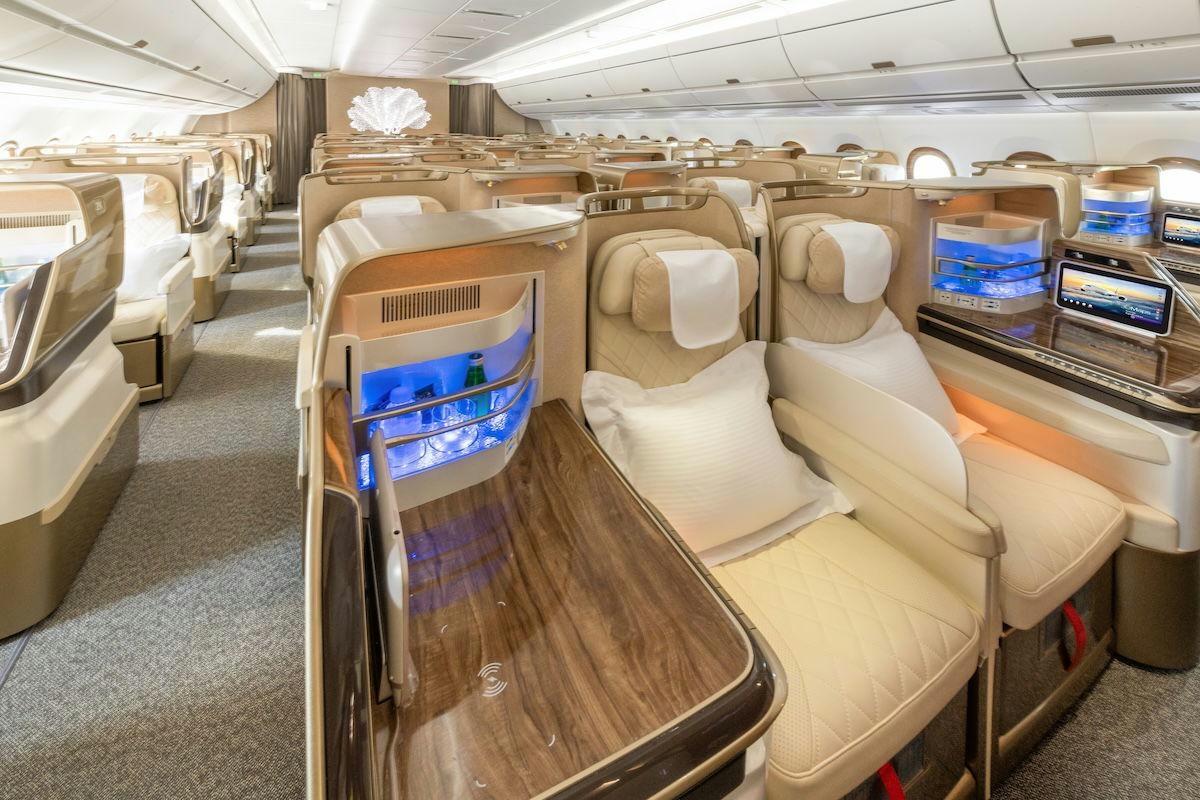
Emirates Plans to Order at Least 30 Airbus A350-1000 Jets
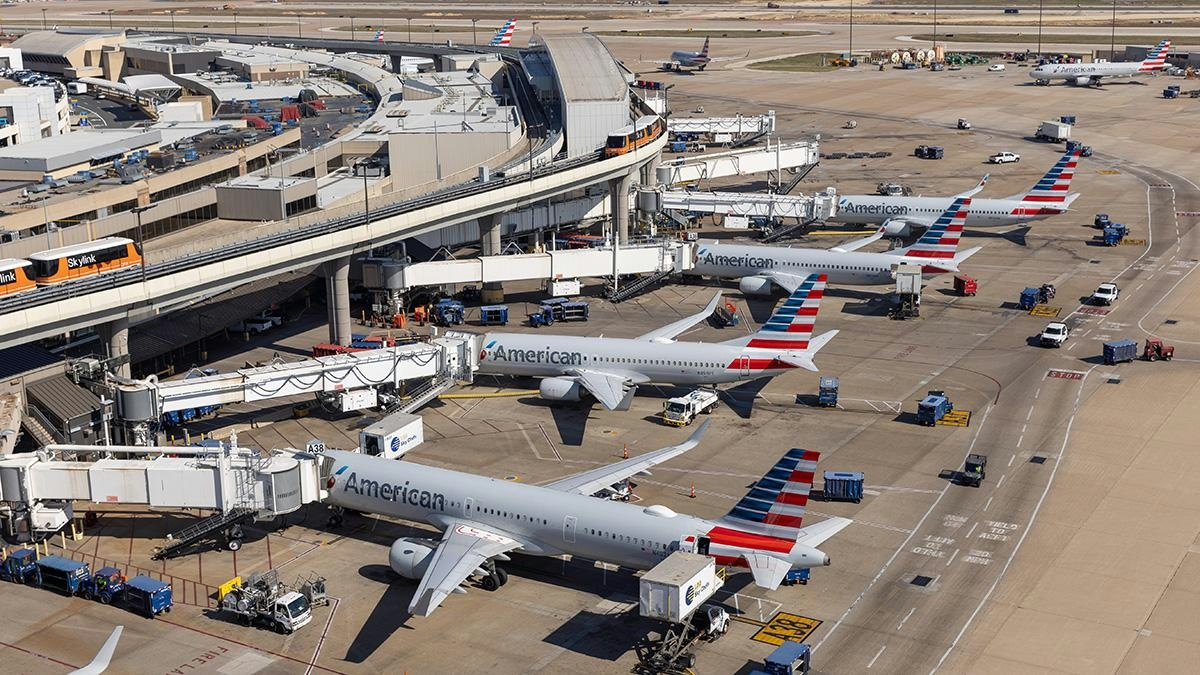
Airline to Operate World’s Largest Mainline Fleet in 2025

FedEx Anticipates Limited Impact from MD-11 Grounding

Carbonatik Signs ₹31,500 Crore MoU with Andhra Pradesh Government for Aviation, Ports, and Waterways

Pratt & Whitney Opens European Center Focused on Sustainable Propulsion
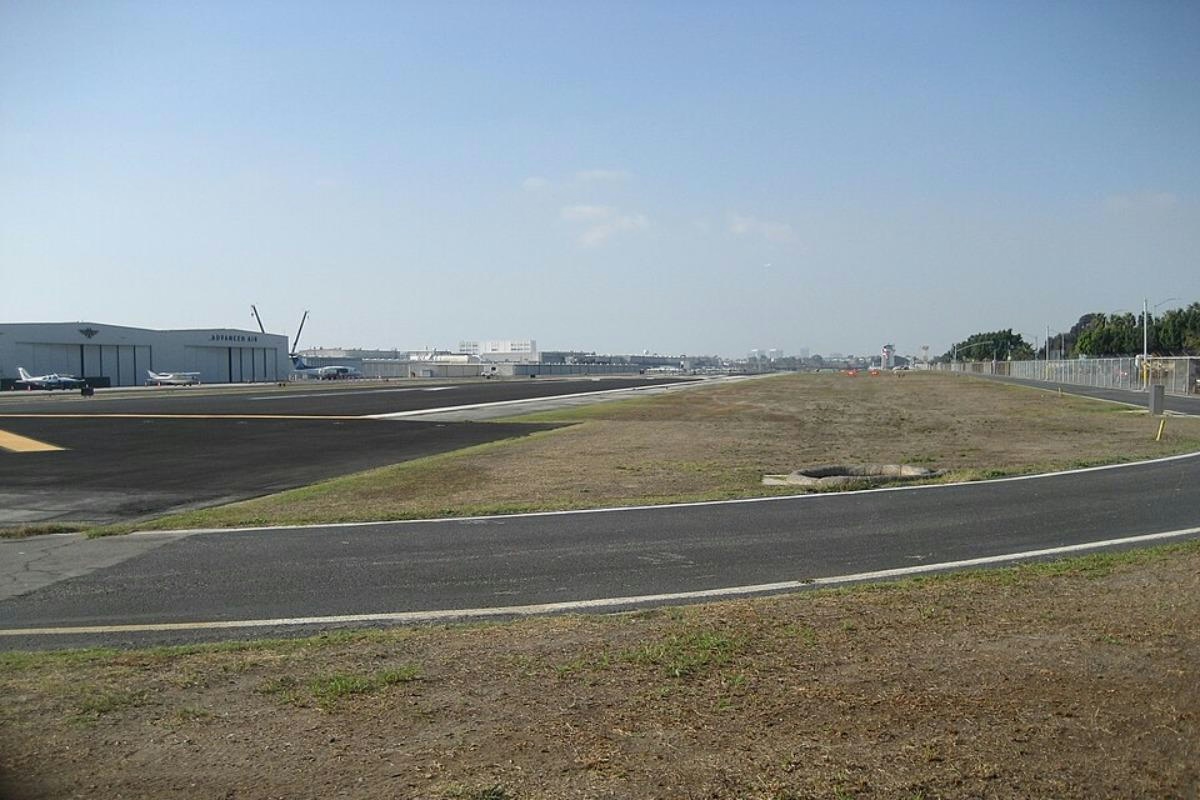
Archer Aviation Acquires Hawthorne Airport for $126 Million
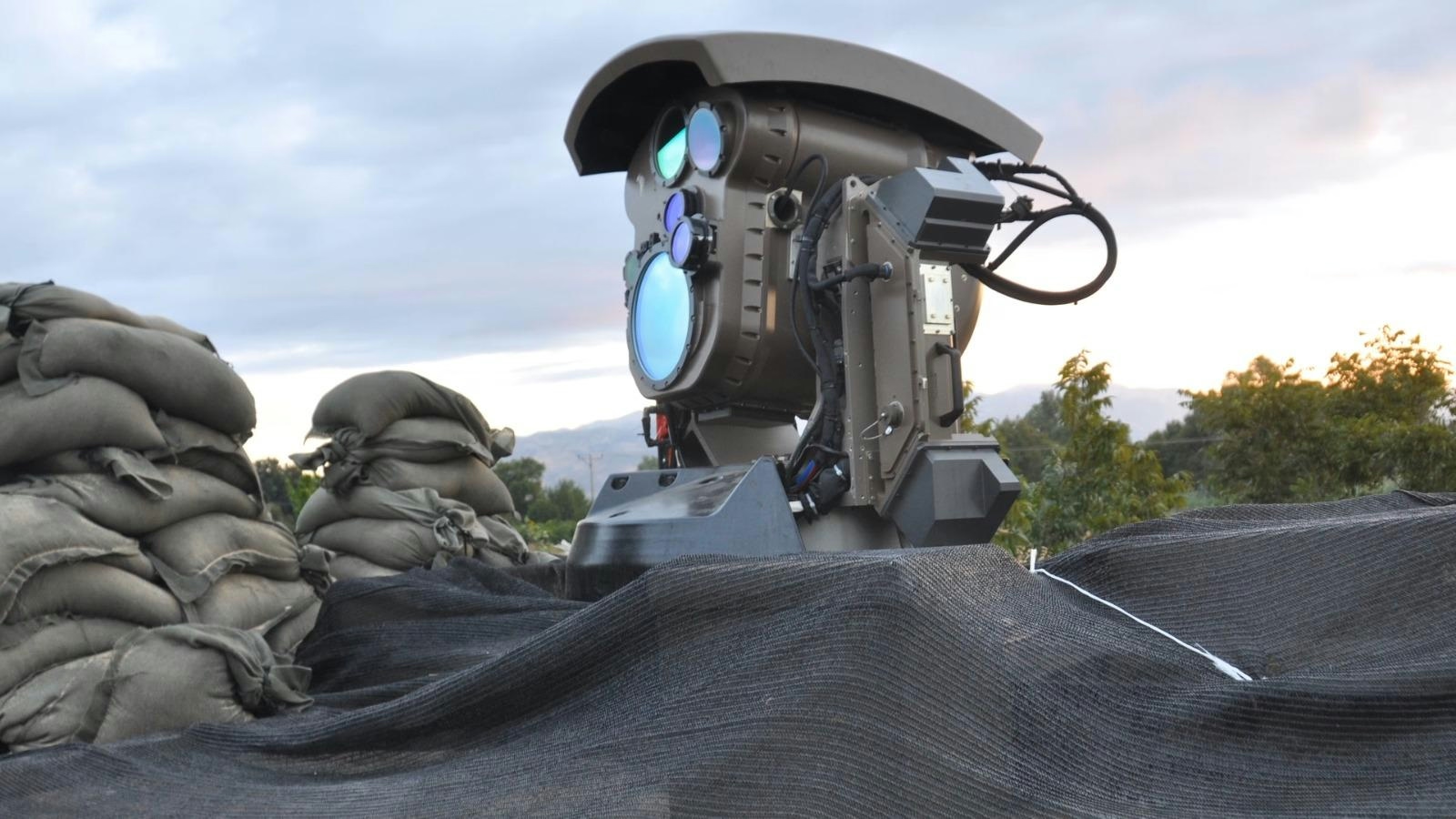
Israel’s Iron Beam Laser System Receives 2026 Aviation Week Laureate Award
